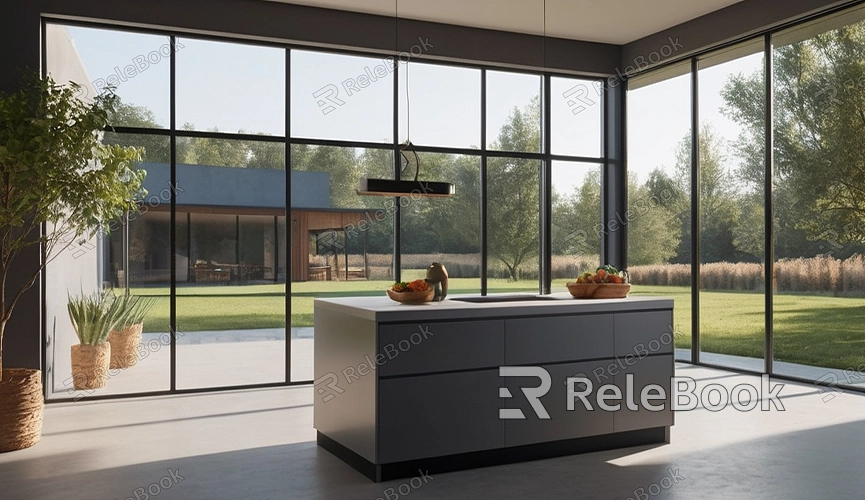How to Make Textures Render in Blender Game
Blender is a powerful open-source 3D modeling software that not only supports high-quality rendering but also allows for the creation of 3D models for games. If you want to ensure that textures render correctly in Blender, this article will provide detailed steps and tips to help you achieve that.
1. Prepare Your Model and Textures
The first step to rendering textures in Blender is to ensure that your model is properly UV unwrapped and that textures are applied correctly. UV mapping is the process of projecting a 2D texture onto a 3D model. You can use Blender’s built-in UV unwrapping tools to lay out your model’s surface into a 2D plane and then apply the texture map to this plane.
Creating and Importing Textures
First, create or import your texture images. Textures can include color maps, normal maps, roughness maps, and more. These textures can be made using image editing software like Photoshop or GIMP, or downloaded from online resource libraries.
In Blender, you can add textures to your model through the “Materials” panel. Select your model, go to the “Materials” panel, and click “New” to create a new material. Then, in the “Texture” panel, select “Image Texture” and import your prepared texture image.

2. Configure Blender’s Rendering Settings
Blender supports multiple rendering engines, such as Cycles and Eevee. For game development in Blender, Eevee is an ideal real-time rendering engine that allows you to preview the model and texture effects in real-time. Before you start rendering, you need to configure some basic rendering settings.
Set Up the Rendering Engine
In Blender, open the “Render” panel and select “Eevee” as your rendering engine. Eevee offers real-time rendering capabilities, allowing you to see the actual effects of textures during editing. For game development, Eevee is a suitable choice because it provides fast rendering speeds and good visual effects.
Configure Material and Texture Settings
In the “Materials” panel, make sure your material settings are correct. Select your material, go to the “Node Editor,” and add necessary nodes such as the “Image Texture” node, connecting it to the “Principled BSDF” node. You can adjust various properties of the texture here, such as color, roughness, and metallicity, to achieve your desired effect.
3. Debug and Optimize Textures
To ensure that your textures render correctly in the game, you need to debug and optimize them. Check for any stretching or compression of textures on the model to make sure they display correctly. You can use the “UV Editor” to view the actual texture mapping on your model and make adjustments as needed.
Using the UV Editor
The UV Editor helps you precisely adjust the position and size of textures. In the “UV Editor,” you can view the UV map and the texture image. By adjusting the UV map’s position and size, you can ensure that the texture fits correctly on the model.
Optimize Texture Performance
To improve game performance, it’s recommended to optimize your textures. Reducing the texture resolution or using compressed formats can significantly lower memory usage and loading times. Additionally, using texture atlases to combine multiple textures into a single texture can also enhance rendering efficiency.
4. Test Texture Effects in the Game
Once your texture setup is complete, you need to test the texture effects in the game engine. Blender supports exporting models to various game engines, such as Unity and Unreal Engine. When exporting, ensure you select the correct file format and export the textures as well.
Exporting Models and Textures
In Blender, select your model, go to “File” > “Export,” and choose a suitable format (e.g., FBX, OBJ). In the export settings, ensure the “Export Textures” option is checked to include the textures with the export. After exporting, import the model and textures into your game engine for testing.
Rendering textures correctly in Blender for game development involves several steps, from UV unwrapping to material setup, and finally to optimization and testing. By mastering these steps, you can create high-quality 3D models and textures, enhancing the visual effects and experience of your game.
If you need high-quality 3D textures, HDRIs, or downloadable 3D models for your projects, you can find them on Relebook. Simply download and import these textures and models directly into Blender for use. This guide aims to help you better understand texture rendering in Blender.

